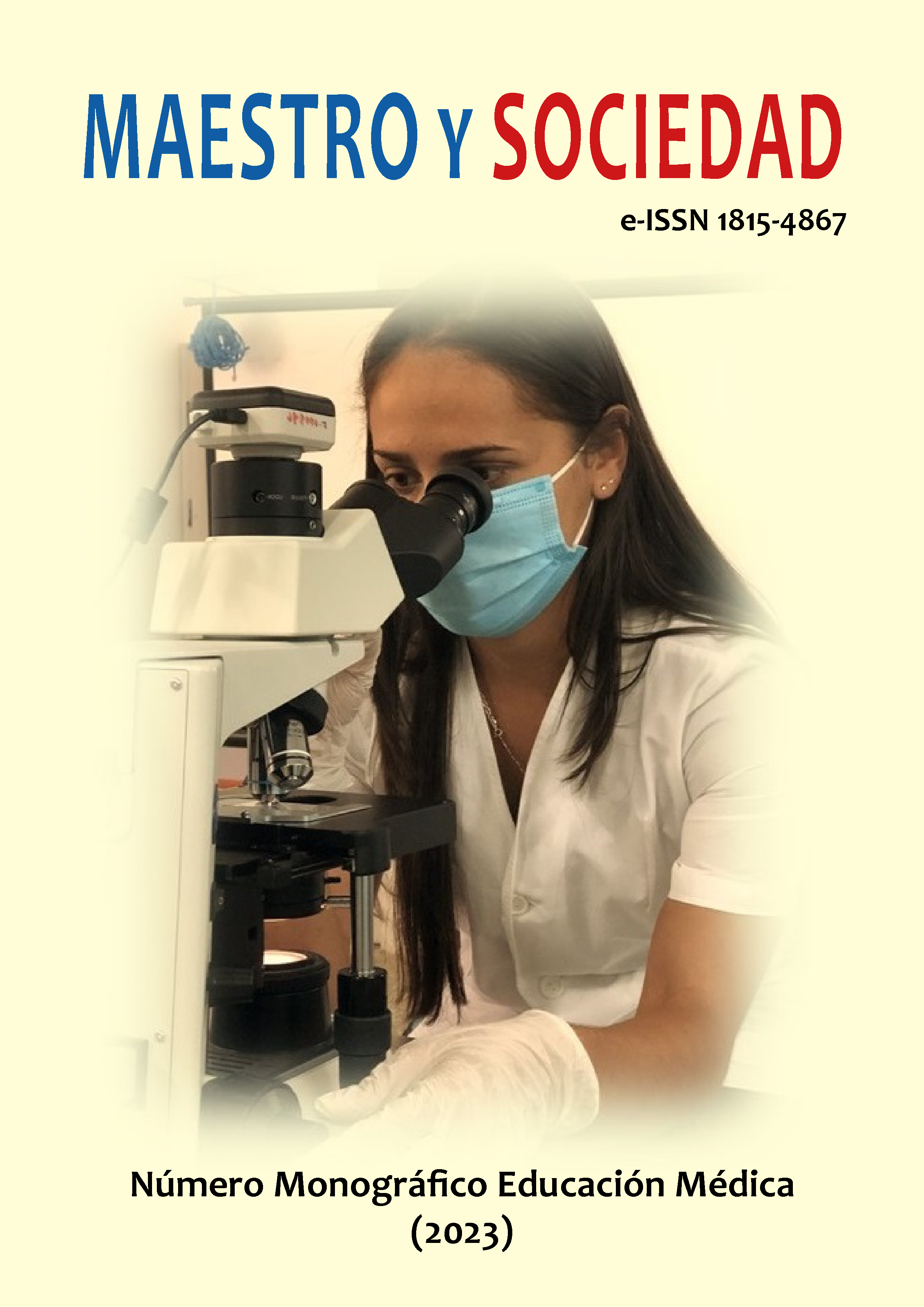Social networks and eating disorders in adolescents
Social networks and eating disorders in adolescents
Keywords:
Disorders, Conduct, Eating, Bulimia, Social networks, adolescentsAbstract
Introduction: The present investigation on eating disorders (TCA) is based on a distortion of the attitude towards the habit of eating and exaggerated concern for image and own weight. Therefore, the objective is to determine the impact of social networks on the genesis of eating disorders in adolescents in Ecuador. Materials and methods: An updated bibliographical review was carried out, analyzing several scientific articles from case studies, in the following databases: Scielo, Pubmed, Redalyc, Researchgate, Dialnet. Results: As results, it can be mentioned that social networks present stereotypes in which beauty and body appearance are the most relevant, however, the information provided by the web does not always have a scientific basis, and on the contrary, what it causes is a negative impact on the mental, physical and social health of adolescents. Discussion: The individual makes excessive efforts to achieve a loss without weight control; The indiscriminate use of the Internet and its free accessibility allow many adolescents to access erroneous information about healthy eating, executing nutrition practices that are harmful to their health. Conclusions: It was evidenced that TAC is among the 3 most frequent chronic diseases in adolescents and 9 out of 10 cases occur in young women; Anorexia and bulimia are the disorders with the highest presentation among pubertals, due to their association with the use of social networks in which social acceptance is sought and in which negative eating behaviors and body satisfaction predominate.
References
Acosta G., L. (2005). Evaluación de la conducta alimentaria de riesgo: estudio transcultural entre adolescentes de España y México. International Journal of Psychological Therapy.
Arija, V., et al. (2022). Nutrición Hospitalaria. https://www.nutricionhospitalaria.org/articles/04173/
García Ríos, C. A., García Ríos, V. E. (2021). Dominio de las ciencias. https://dominiodelasciencias.com/ojs/index.php/es/article/view/2060
Licciarini, F. et al. (2021). Anorexia y uso de redes sociales en adolescentes. UNICEF.
Ojeda A., M. P. et al. (2023). Scielo. https://scielo.isciii.es/scielo.php?pid=S2529-850X2021001001289&script
Rodriguez I., D. C. (2019). Scielo. http://scielo.sld.cu/scielo.php?script=sci_arttext&pid=S1028-48182020000100169
Sanchez, M. y Salamea, J. M. (2022). Revista espacios. https://www.revistaespacios.com/a22v43n08/a22v43n08p04.pdf.
Downloads
Published
How to Cite
Issue
Section
License
Copyright (c) 2023 Hillary Paulina Pastrano Rosero, José Francisco Miranda Bajaña, Tania Cecibel Yaulema Zavala, Geoconda Elizabeth Ñauñay llbay

This work is licensed under a Creative Commons Attribution-NonCommercial-NoDerivatives 4.0 International License.
This journal provides immediate open access to its content, based on the principle that offering the public free access to research helps a greater global exchange of knowledge. Each author is responsible for the content of each of their articles.



























 Universidad de Oriente
Universidad de Oriente 